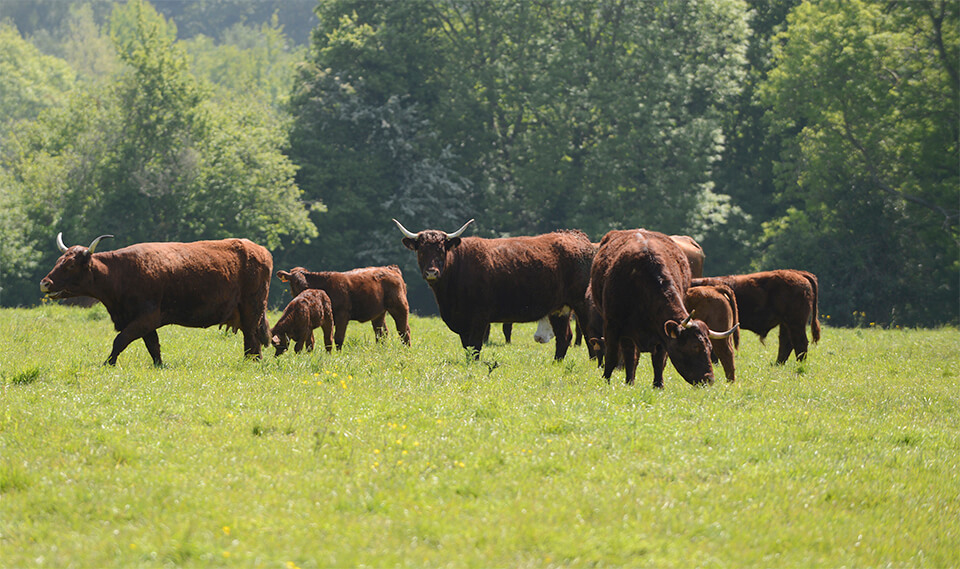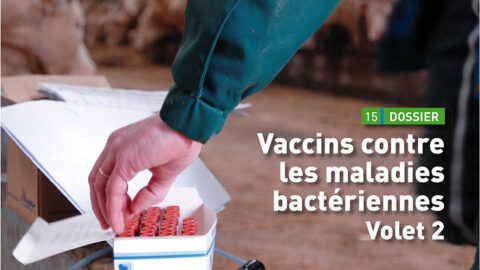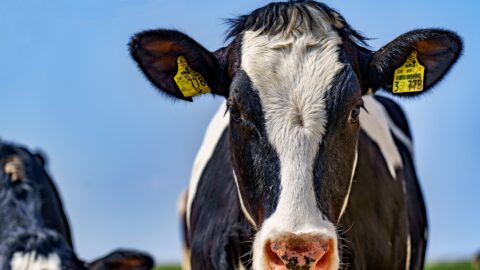Trachéotomie et trachéostomie chez les bovins

Auteurs
Résumé
La trachéotomie et la trachéostomie sur les bovins sont deux actes chirurgicaux simples à réaliser et ne nécessitant que peu de matériel spécifique à l’exception de la canule ou de la sonde de trachéostomie. L’intervention est réalisée sur animal debout (adulte) ou couchée (jeune veau) au besoin légèrement tranquillisé. La peau est incisée permettant de dégager les muscles sterno-hyoïdien et sterno-thyroïdien qui sont réclinés. Lors de trachéotomie, la trachée est ponctionnée entre deux anneaux cartilagineux pour permettre la mise en place du matériel. Lors de trachéostomie la trachée est suturée à la peau en ayant au préalable retiré 3 à 4 anneaux cartilagineux dans leur partie ventrale. Les principales complications sont liées à la cicatrisation du site opératoire (obstruction du tube ou de la plaie de trachéostomie, cellulite infectieuse des bords de la plaie) ou consécutives à la suppression des premiers éléments filtrants de l’appareil respiratoire supérieur (cavités nasales, larynx) : bronchopneumonie.
Abstract
Tracheotomy and tracheostomy in cattle are two simple surgical procedures that require little specific equipment except the cannula or the tracheostomy tube. The procedure is performed on standing animals (adults) or lying animals (young calves), if necessary, slightly tranquilized. The skin is incised, allowing access to the sternohyoid and sternothyroid muscles, which are retracted. During tracheotomy, the trachea is punctured between two cartilaginous rings to allow insertion of the tube. During tracheostomy the trachea is sutured to the skin after having previously removed the ventral part of 3 to 4 cartilaginous rings. The main complications involve problems in healing at the operation site (obstruction of the tube or tracheostomy wound, infectious cellulitis of the edges of the wound) or due to the absence of the filter elements of the upper respiratory tract (nasal cavities, larynx): bronchopneumonia.
D'autres articles
N°68 Mars 2013 Page 109
Caprins · Aucun thème
Usages des antibiotiques en élevage caprin : résultats d’une enquête nationale
Découvrez aussi nos formations
03 décembre 2025
09h00 → 17h00
Bovin laitier · Bovins


